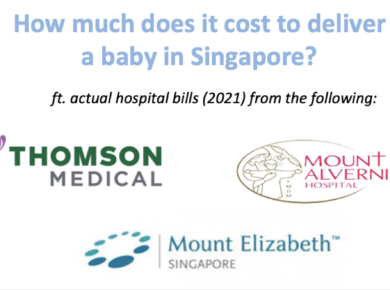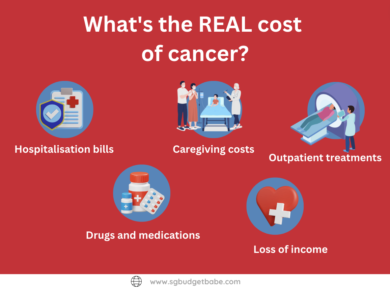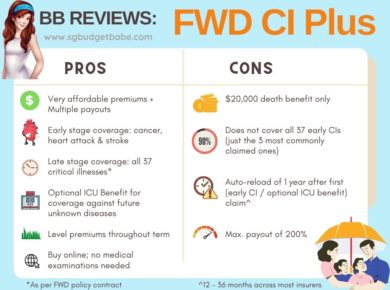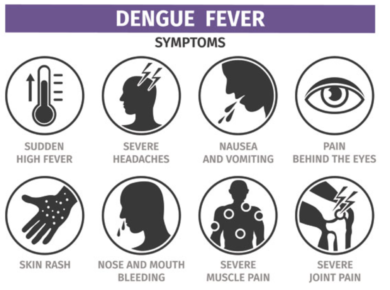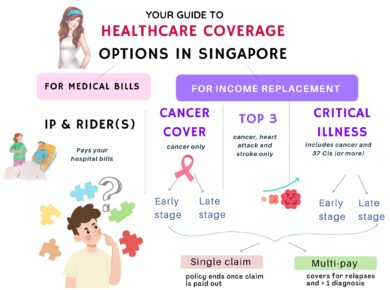Almost everyone who has encountered critical illness regrets not getting more coverage, and are willing to pay more just to get more protection, but yet they cannot. But on the other end of the spectrum, most people who have never experienced (or cared for a patient with) critical illness are unwilling to pay for higher protection.
Welcome to reality, where most of us usually think we’re sufficiently insured and don’t realize the problem until sh*t hits the fan.
Don’t wait until it is too late for regret.
This was my takeaway when I was reading through the survey results of Great Eastern’s latest survey, which revealed a stunning information and perception gap among those with experience and those without.

Compare the findings between the Non-Experiencers (in blue) vs. the Experiencers (in red). Do you see what I’m seeing?
The survey was conducted among 507 respondents in total, out of which:
- 250 are the Experiencers i.e. critical illness (CI) patients and their caregivers. These included cancer patients or other terminal illnesses, while the caregivers looked after someone with cancer, stroke or dementia.
- 257 are the Non-Experiencers i.e. not CI patients nor have they cared for a CI patient before
Key Findings
Insurance payouts are a huge reason why they could cope with the bills and expenses – over 50% of CI patients and their caregivers relied on insurance payouts.Almost 1 in 3 of them incur more than $250,000 in medical and hospitalisation bills for their entire recovery duration.
Nearly 40% was unable to work or had no income for at least a year.
As a result, more than 80% of them regretted not getting more coverage.
73% were willing to pay higher premiums for more protection, but could no longer do so.
But yet,almost 40% of the Non-Experiencers were unwilling to pay more for higher protection.
Nearly half of Singaporeans who have never experienced CI believe that they have sufficient coverage, and assume that their existing medical plans (MediSave/MediShield/Integrated Shield Plans) are sufficient.
Having hospitalisation insurance isn’t enough
Here’s why: your MediSave / hospital insurance is not going to pay for your mortgage. Try telling your bank, “hey I have a CI and the doctor says I cannot work because my immune system will be severely compromised for the next 6 months of treatment. Can you waive or defer my mortgage instalments first, please?”
Neither will your MediSave / hospital insurance pay for your child’s education expenses. Imagine if your kid is sitting for their PSLE / ‘O’ levels / ‘A’ levels this year…and you have to stop all their tuition even though they’re struggling and need the academic help. Or imagine if your child is in polytechnic, where the fees are easily a few thousand dollars a year, and you can no longer afford that because you’re not working…so you have to ask your child to drop out of school.
If you stashed away your emergency fund to account for 6 months of expenses, what happens when that runs out but your treatments still aren’t over? Where will you get the money for food and all your other living expenses?
I see a lot of chatter on social media calling folks who save up more than 3 – 6 months of emergency funds as “stupid”

My response: yes it is because imagine if you fall ill and cannot get a new job / cannot work because of the treatments. Or if you had to take some time off work to care for a sick elderly parent or child. Good luck not having any emergency savings then.

My thoughts: I hope you’re well-insured, because otherwise without that and no emergency savings then who’s gonna foot the bill if you get diagnosed with a CI and have to stop working, or may even need to hire a caregiver? Is that financial burden going to fall to your family?
You can say that you’ll liquidate your investments, but what if that happens during the stock market crash and your positions are mostly underwater?
Your expenses don’t simply disappear overnight just because you got sick.
That’s why a CI insurance plan is so important, and I’ve written about it on this blog on several occasions here and here.
CI can also happen multiple times.
I had a schoolmate who was diagnosed with breast cancer. 6 months after she had defeated the disease and was declared cancer-free, she discovered a brain tumour. A month after undergoing surgery to remove it, she was then hit by another piece of bad news and was diagnosed with leptomeningeal disease – a condition that occurs when cancer cells migrate from other parts of the body to one’s cerebrospinal fluid.
Some of you may have read about her story on social media before.
Another cancer survivor, Zoe Yap, also fought through 4 incidences of cancer and is still fighting it up till today. Her insurance payouts are now helping her and her family to manage the medical and hospitalisation bills, including all the chemotherapy treatments, drugs and more.
You see, it can be quite hard to understand how much cancer (or other critical illnesses) really costs if you haven’t personally encountered it.
It wasn’t until I spoke more with friends who were cancer survivors and they openly shared with me how much their bills were…that I realized the level of coverage my husband and I may not even be enough if anything happens.
When two of my friends told me how they were unable to work during the treatment and recovery phase, it hit me that even our emergency savings then may not be enough. Plus, you don’t always get to control how fast your body recovers.
So you can imagine what I did next – I bought extra coverage.Review your CI coverage and don’t wait until it is too late.
This is exactly what is happening now. According to LIA’s 2018 Protection Gap Study, an average Singaporean working adult has critical illness cover of just S$60,000, way below LIA’s recommendation of about S$316,000 or almost 4 times the average annual pay of S$81,663.
I can’t tell you how much you need to have – if you’re someone with more dependents who rely on your income (e.g. the sandwiched generation with elderly parents + young children), then you’ll likely need more than a couple who doesn’t have any children and who have many siblings to “split” the bill in caring for their parents. In my case, my husband is the only child, and my dad only has me.
The type of mortgage – and other fixed liabilities – that you have will also play a part. For instance, you’ll need more if your mortgage costs $3,000 a month vs. someone else who only has to pay $1,000+ and can finance completely using their CPF.
Isn’t life funny? When you have the chance to get covered, you’d rather skimp on the money and believe that your health (and youth) will remain forever so.
But the moment you lose your chance to get more coverage…you regret and wish you had done so otherwise. And even if you’re now willing to pay more, the insurers may not accept you anymore.
So don’t wait until it is too late. We should try and keep our insurance premiums low, but that’s not a reason to skimp on coverage and be under-protected.
Speak with a financial advisor if you’re looking for licensed advice.
With love,
Budget Babe


